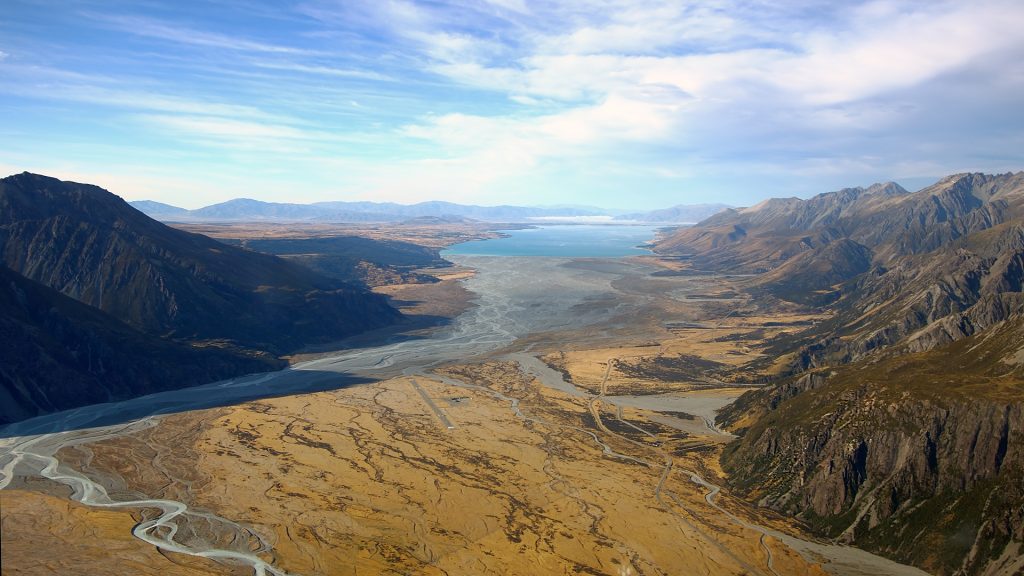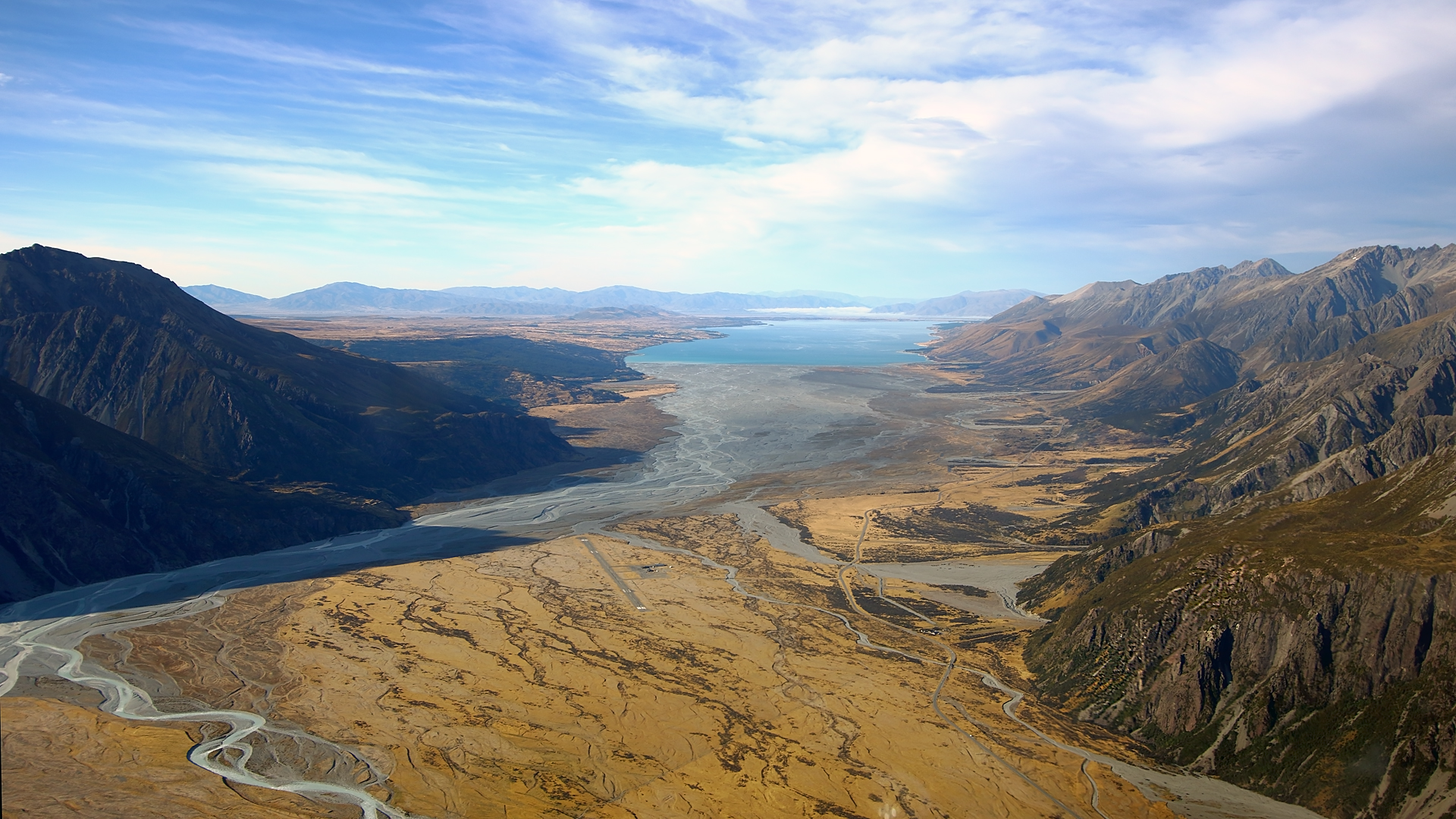
Continental drift has altered the surface of our planet for millions of years, giving rise to various conglomerations of crust like Laurasia and Gondwana, and the daddy of them all, Pangaea. Talk of alternative continents to the geological masses we recognise today has mostly been confined to looking backwards in time – until now. A paper by Mortimer et al. (2017) has offered the most evidence to date that another continent has been staring us in the face all these years.

It is worth noting that whilst country borders are recognised internationally the categorisation of continents is less finite. If you have ever found yourself stumped by a pub quiz question on the subject or felt an injustice when your answer of 5 or 6 or 7 continents was marked incorrectly you are not alone, as even geologists can’t come to a full agreement regarding how many there actually are. Generally and as outlined by the paper, a continent is defined as an area with higher elevations and a thicker crust relative to surrounding oceanic crust, is made up of lots of different types of rock and has well-defined ‘edges’.
It was by these criteria that the authors argued that there is more evidence than ever that the land mass that includes New Zealand and surrounding islands is actually a continent in its own right, albeit a rather small one. Perhaps it has been largely ignored because only recently have technological advancements and increased interest allowed the mass to be properly assessed (especially given most of the ‘continent’ is under the Pacific ocean). Even if for argument’s sake Zealandia is accepted as a continent, the importance of this beyond geological research is questionable, as continents do not fully account for the cultural differences between and within them, and globalisation, technological advances and the rise of the internet have transcended borders more than ever before. Nevertheless, it is a fascinating development and another reason to visit such an extraordinary region of the world (as if any of us needed another incentive).
The paper featured:
http://www.geosociety.org/gsatoday/archive/27/3/article/GSATG321A.1.htm
